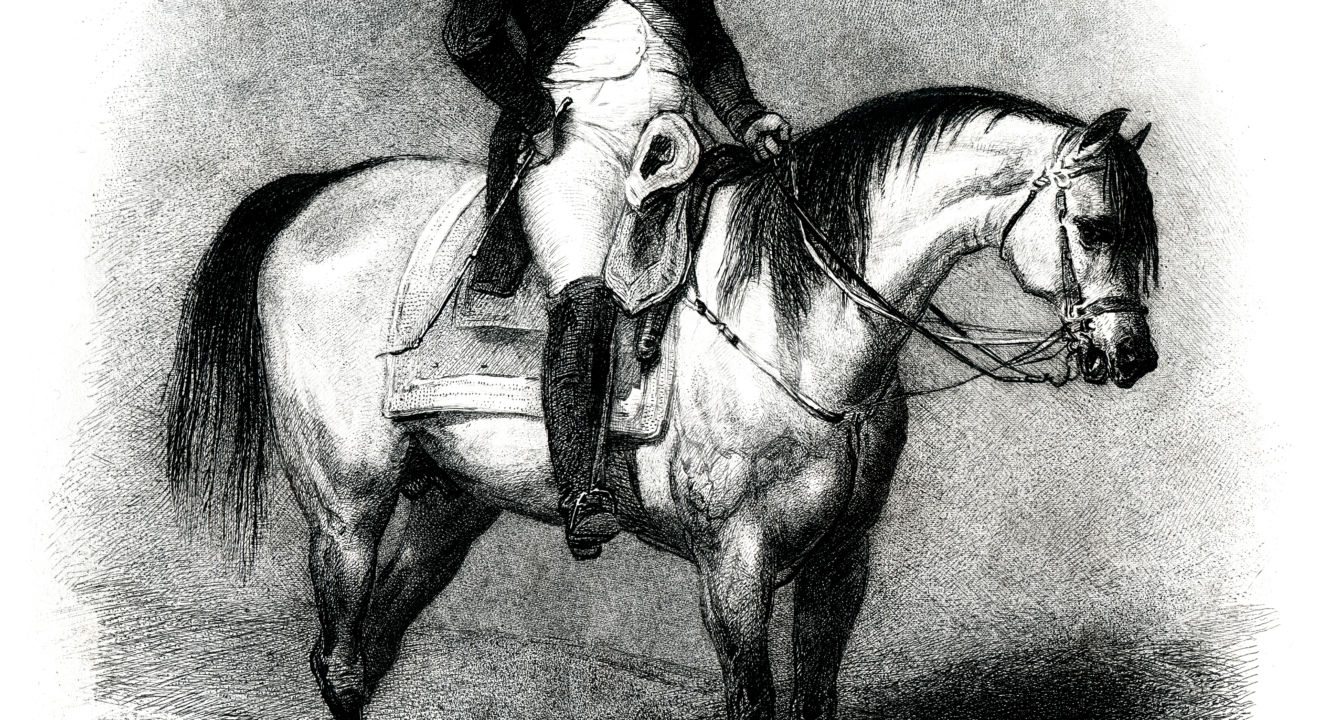February 13, 2017


What are the first things you think of when you picture Napoleon Bonaparte? A formal uniform with a hand tucked in the waistcoat? What’s the bet that every image you’ve seen of him depicts him as short?
But did you know that Napoleon was most definitely not short for his time? Misinformation about Napoleon’s height has been in circulation for hundreds of years. Although this infamous military leader was measured at 5ft 2in, we know that he was actually around 5ft 7in tall.
At his death, his height was initially measured using French inches instead of English inches, which are slightly shorter. According to the BBC, the average height of British males at the beginning of the 19th century was around 170 centimeters or 5ft 5in. That means that Napoleon, at 5ft 7in, was around average height – or even a little bit tall – for a man of that time.
So how come the notion that Napoleon was short remained in circulation during his lifetime and to this day?
Tristen Hopper for the National Post explains that Napoleon was considered “of normal stature” until 1803. In this year, the infamous caricature ‘Maniac ravings or Little Boney in a strong fit’ was published.
This cartoon by James Gillray “portrays a diminutive Bonaparte flipping over furniture in a childish temper tantrum;” his hat and the furniture is almost as large as he is. And since the British did not exactly approve of Napoleon and his militaristic tactics, the cartoon was enormously popular, spurning many others that depicted the Emperor as, well, rather small in stature.
In this way, “a short-tempered, child-sized Napoleon soon became the accepted standard for caricatures of the Frenchman.”
Some historians argue that comparisons between Napoleon and his bodyguards might have also contributed to the “tiny Emperor” trope. Many argue that, because of height requirements, his bodyguards had height requirements towered over the Emperor, creating the illusion that he was small beside them. This is probably what earned him the affectionate title “Little Corporal.”
Now Napoleon wasn’t exactly happy with the images that depicted him as short. But despite sending many demanding letters, he was unsuccessful in getting the British media to cease spreading such damning cartoons. In fact, “Before he died, the exiled Emperor reportedly said that Gillray ‘did more than all the armies of Europe to bring me down,’” Hopper remarks.
This proves that we can’t always trust our history lessons, for without this single image and those that followed, the legend of the tiny Emperor and his complex would never have existed.